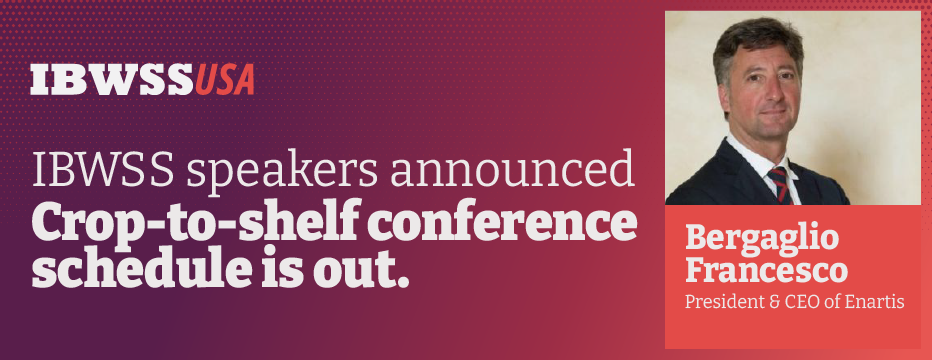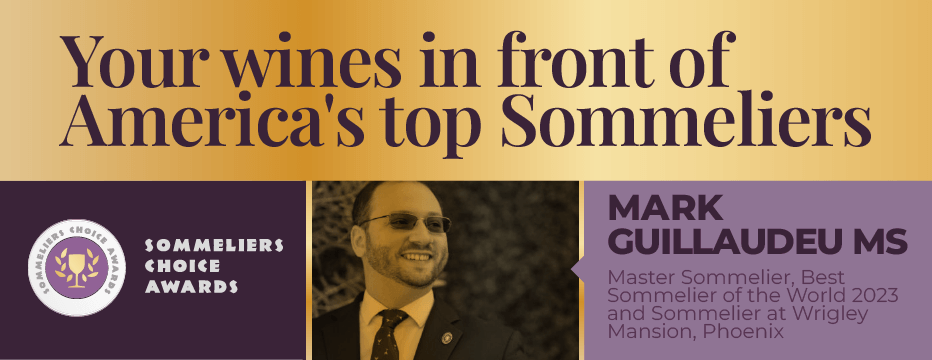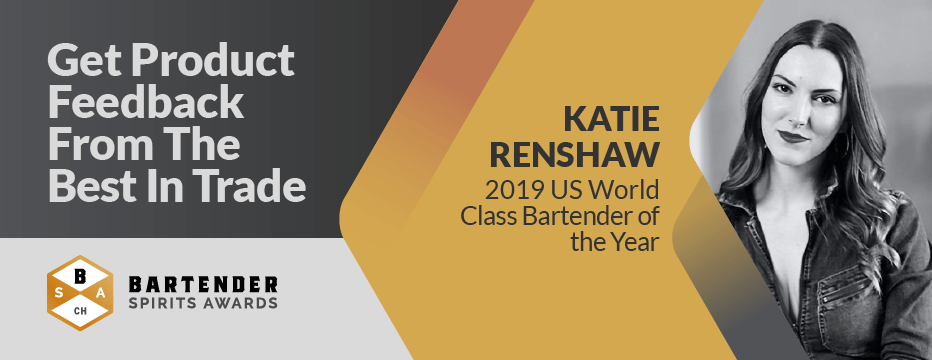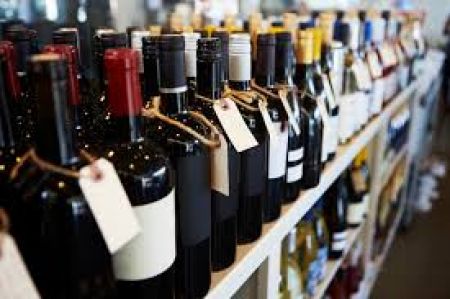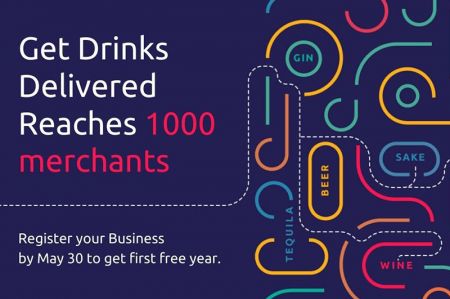Sommeliers Choice Awards 2023 Winners
Influence Of The Private Reviews Of The Wine Social Networking Site
Sales of wine are directly related to the quality of private reviews. This article elaborates the study carried out by the AAWE on the evaluation of the influence of consumer reviews.
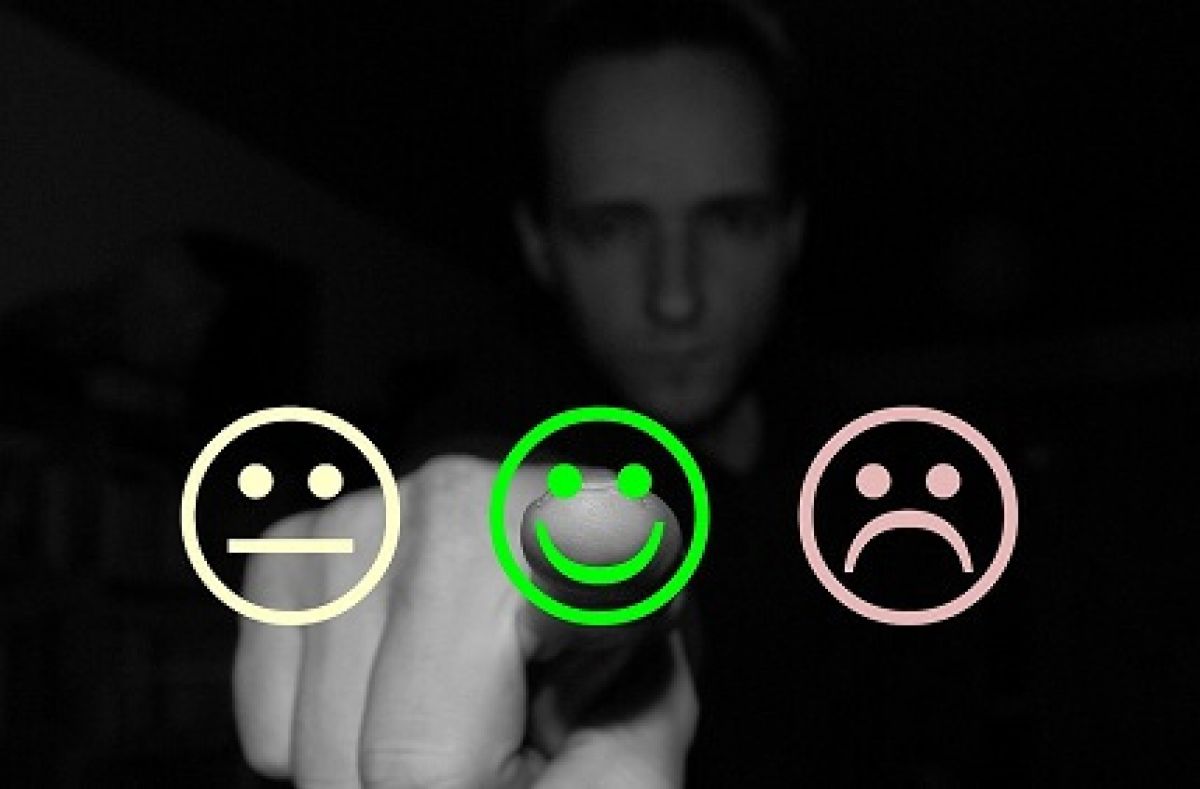
The research of the American Association of Wine Economists opens a very important scenario, known for the direct experience but never scientifically evaluated. In fact, the importance of this work governs precisely in this, having the possibility to verify with certain and tested data, how and how much a certain amount of reviews, swinging between positive and negative, and the corresponding scale of values can influence the final buyer.
Huge capital is spent on marketing, advertising, and events, which relate to a lot of competition or impact errors, producing sales effects that are not always satisfactory. This does not take away the importance of such investments, but it certainly makes us reflect that if we pay more attention to the importance of what the final consumers say about our products, we can obtain excellent results.
The whole production machine could conform to what is asked of us and what should be proposed and this would entail an enormous saving of resources and capital. But let's get to the point.
Analyzes were conducted based on a sample of 6,657 reviews signed by regular buyers of a social website dedicated to the world of wine, out of a total of 106 wines.
Surprisingly, it was noted that the reviews have influenced and determined the choice of other buyers, on the purchase of wine, more than the opinions of experts (sommelier, Winemaker, oenologists, media, etc).
What does this mean??
The reviews of individuals are divided into varied categories including Poor, Average, Good, Very Good, Excellent, as well as personal explanatory notes of the evaluation, that is described with great explanations by the reviewer. The buyer has a greater propensity to listen to what his other "colleagues" say of the same wine, not only to convince himself whether to buy it or not but also to understand if the choice was made well and the type of wine is suitable for his occasion. The technical terms of the various experts, sometimes, instead of forming a positive idea, create skepticism in the average consumer, who sees the expert as a sort of judge placed on a step too high, capable of technical judgments, perhaps too technical and not corresponding to the needs of the same.
But how is it possible to create this subtle mechanism, in some ways also, inversely proportional to expectations? The study has succeeded in giving a plausible explanation to all this. Analyzing it and understanding the issues, can direct us on the road to go to exploit, like an excellent marketing resource, the tendentially positive developments that a review can involve large numbers.
At the beginning the study showed that the first reviews have empirically influenced the subsequent ones, thus creating an evaluation based on mass opinion and not on technical judgments of experts.
Analyzing the two factors, it has been noticed that the opinions of the experts are often influenced by external factors, which can determine the positivity or negativity of the judgment.
Obviously, there are no imposing factors, but situations and conditions that may change the assessment of the expert judge. The same variety of evaluation commissions, provenance, historicity, preparation, trend, etc. All conditions that can in some cases also direct a judgment on not very flexible assessments.
But, the same assessment, it has been noted, is not taken into consideration if there are similar reviews expressed by common consumers, with a low average preparation and this through a socio-psychological research has shown that the social influence has a significant effect even when the actions of other people are not considered competent.
This determines that analyzing the evaluations published by the regular wine drinkers and therefore by the final buyers, it has been seen that the previous classifications have an impact on the formation of the opinions of the other members of the group, confirming their opinion, for the most part, to evaluations positive.
The credibility of the source is a determining factor in the persuasion of consumers and if the reviews are made by more competent people, this tends not affect change but only acts by increasing the respect of mass judgment, which remains binding.
The research was conducted on reviews elaborated on the site cellartracker.com, considering 3 sections of origin of the evaluation:
1- Vintage, Gender, Producer, Variety, Region, Seb-Region, Name, Label
2- Optimal time interval within which wine should be drunk
3- History of community tasting - Information published by previous drinkers
After defining the 3 sections, the study tested 5 hypotheses:
Hypothesis 1a: There will be a direct relationship between the wine evaluations to which visitors to the website (hereinafter, the respondents) are exposed and their subsequent wine evaluations;
Hypothesis 1b: This association could be even stronger than that between the interviewed evaluations and prices (experts) of professionals.
Hypothesis 2: There will be a direct and positive relationship between the uniformity of the wine, assessments to which the respondents are exposed and their subsequent evaluations of the wine.
Hypothesis 3: The impact of the first 3-4 evaluations will be greater, with a decrease in increases for rater of added wine.
Hypothesis 4: The evaluations of the wines of the respondents will be more in agreement with the prior evaluations when preliminary evaluations are made by more "credible" members of the group
Methods
To monitor the effects of numerous other factors on individual assessments, the study assembled a homogeneous sample of wines.
1) Wines of a particular vintage (2008)
2) Wines of a specific variety (cabernet sauvignon),
3) Wines from a specific wine region, ie region-region-region-region of the appellation (United States, California, Napa, Napa AVA) so as not to leave room for interpretations influenced by different factors.
Data were collected at three different times within a year. For each wine, the scores were tabulated respecting the following points:
• Community tasting history
• Expert score
• US average retail prices
• Characteristics of each group member who posted a note with a score
To verify whether there is a direct relationship between the wine assessments to which the respondents are exposed and their subsequent wine evaluations, a regression model was used and this led to the consideration that there is a direct and significant relationship between which consumers have been exposed to and their subsequent wine evaluations.
The earlier ratings were more uniform, the more the wine ratings were close to the average rating of previous evaluations.
The first 3-4 evaluations by other reviewers had the biggest impact, with decreasing increments for every other review that was added.
As highlighted in the formulation of hypothesis 4, the wine evaluations would not be in agreement with the previous evaluations, when they are made by members of the group more "credible" (frequent reviewers, evaluations credibility, expressive dialectics, etc).
Taken together, these results confirm that there is a social influence on wine and its scope is greater and more significant than the effect that expert judgment can produce, including price marketing.
Attention, though!! In this study, BIAS were highlighted!!!
We recognize some limitations of the study, which derive from how this site works. First of all, we can not be sure that members of the network consult the opinions of others before making their own assessments. However, that information is physically present and it would be difficult, if not unscientific, to ignore, also because the results are completely consistent with their being influenced by the opinions of others.
Secondly, the evaluators review the wine purchased only once; first they do not give their votes, so the tendency is to first consult the evaluations of others, and then re-evaluate the wine consumed. We speak, however, of hypotheses, then of deductions about the functioning of what the social influences, stating that in fact, it is only a post-test design.
However, the study recognized research on one, specific wine, narrowing the caseload of error enormously, based on the operation of review of the site, which structurally leads to forming and influencing the opinions of buyers, in the manner described.
In any case, the margin of error is far from reducing the effectiveness of social influence, which in systems of this kind, the Internet can induce.
This is movable on any product, wine, books or restaurant or hotel reservations. This can, in addition, only increase a particular form of regulatory influence.
We also take into consideration that:
1) People during the evaluation of the wine do not use the opinions of others as proof of the true nature of the product, that is, they do not consider others as mediators in fact. In other words, wine assessments may vary according to cultural, personal prejudices and differences in the sense of taste and preferences of drinkers.
2). Although members of the group on this social networking site have written their notes in private, once a member of the group writes, the note becomes visible to the rest of the group members. There is no anonymity within the group.
At the end of the work, the conclusion reached is that there is a correlation between the informative social influence and the normative one, however, only the latter can produce significant effects on the opinions of the reviewers. The opportunity for the manufacturing companies is born in making normative what appears only under a purely informative aspect.
Like the various Ewards emblazoned by the cellars, it would certainly be worth considering that it is equally significant and advertising, making visual the average judgment that consumers can produce.
If these aspects were taken into due consideration by producers as well as a review by an expert, the effects that would be produced would be of enormous economic impact.
This would be more than an incentive for quality production even more than participation in prizes and international promotion events.
Data Reference: Omer Gokcekus, Miles Hewstone, and Huseyin Cakal - MAY 2014 ISSN 2166-9112 AAWE No. 153 "In Vino Veritas? Social Influence on ‘Private’ Wine Evaluations at a Wine Social Networking Site"
About the Author:
 The article is contributed by Roberto Polidoro. He works as a wine consultant, helping companies for the internationalization of wine cellars. He is also a speaker, sommelier, AMD, and an influencer.
The article is contributed by Roberto Polidoro. He works as a wine consultant, helping companies for the internationalization of wine cellars. He is also a speaker, sommelier, AMD, and an influencer.


